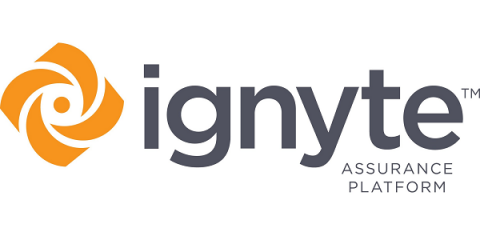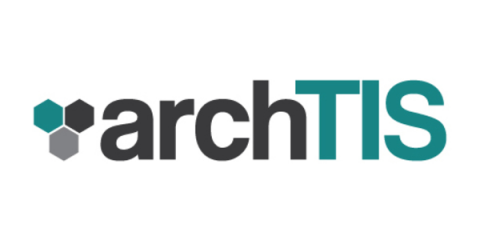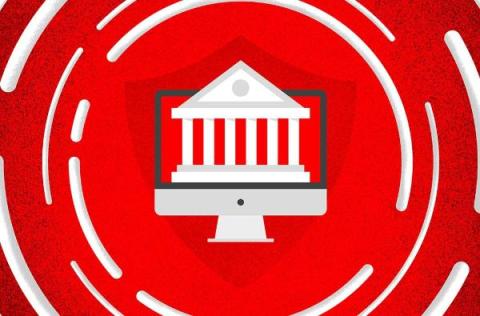What is OSCAL and Why Does It Matter for NIST and FedRAMP?
What is OSCAL and Why Does It Matter for NIST and FedRAMP? Complying with federal cybersecurity guidelines is a difficult task. Unfortunately, many contractors and cloud service providers take a rather lax view of compliance, and it’s an all-too-common scenario for a company to build up standards and practices for audit time and let them slip immediately thereafter until the lead-up to the next audit. Part of this is simply the immense complexity of cybersecurity.











